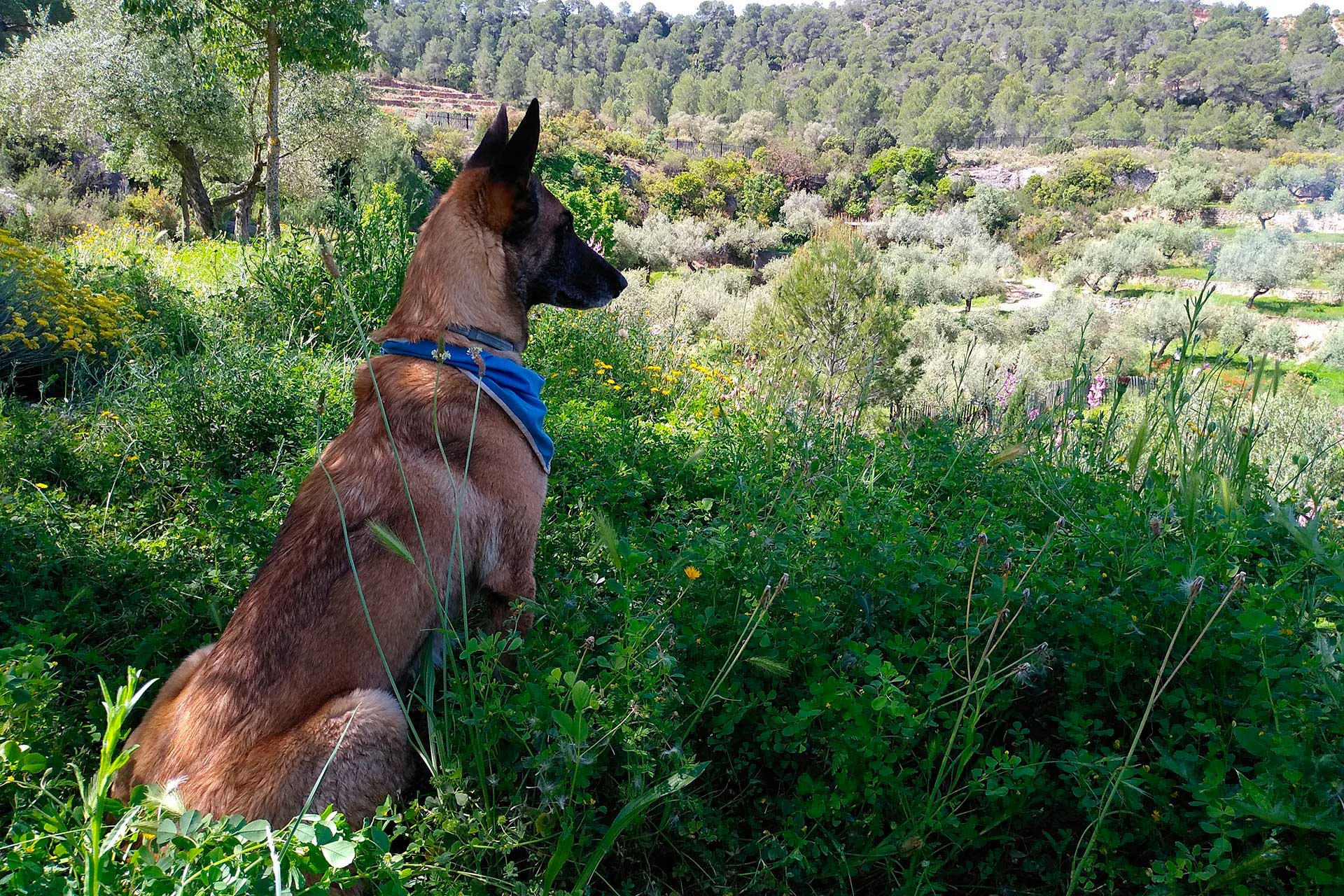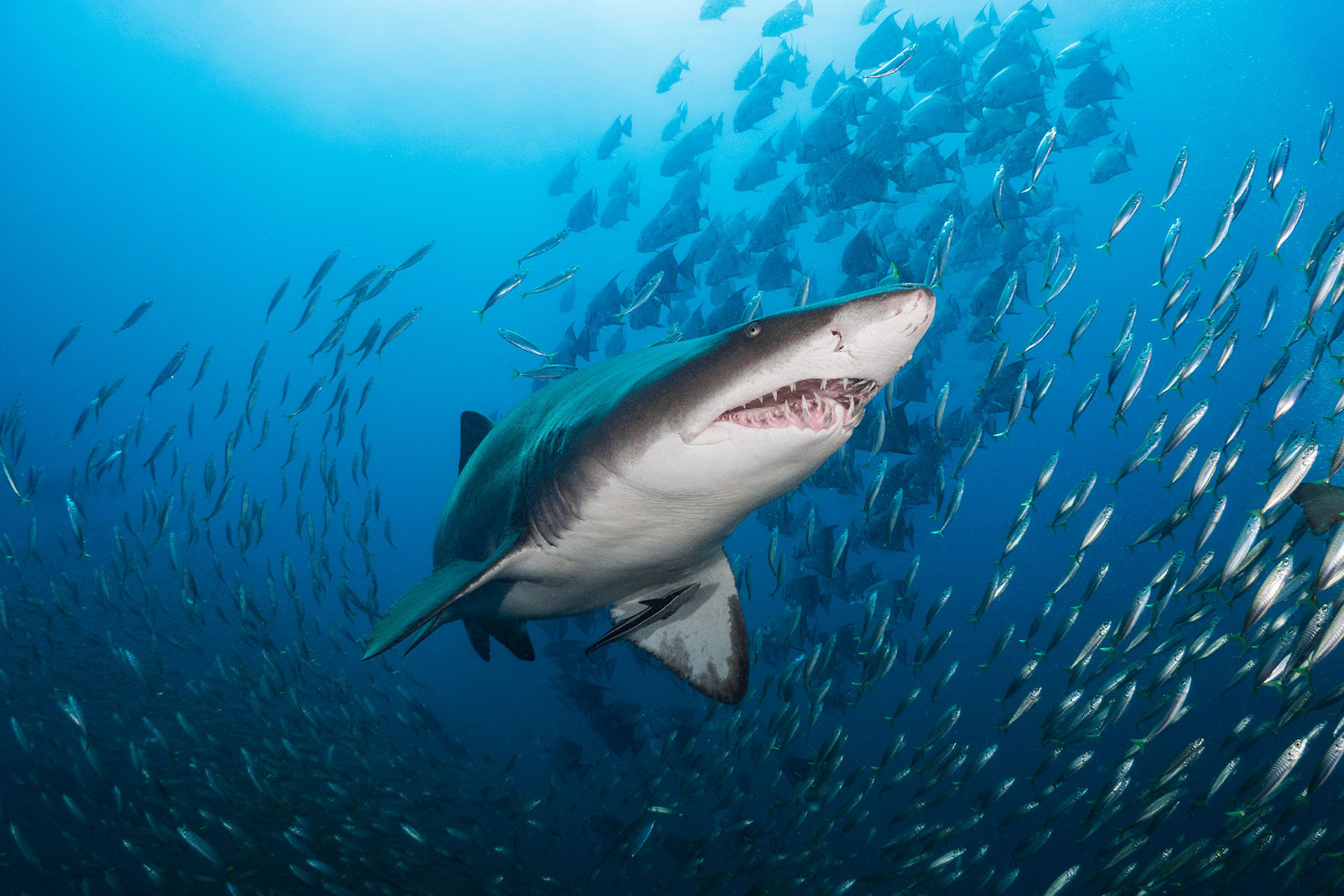Fundación Banco Santander began to collaborate with specialist nature protection entities back in 2004.
The environmental initiatives undertaken since then have focused on the recovery of threatened Iberian flora and fauna and the restoration of particularly fragile areas considered to be of high ecological value and essential for the conservation of biodiversity, such as wetlands, peat bogs, river areas and forest ecosystems.
In 2021, the foundation extended the sphere of action of its programme by launching Santander for the Seas, the first call of which focused on the conservation of unique sea and ocean habitats and species. Every year, three innovative, two-year-long initiatives will receive a maximum contribution of 150,000 euros each.
Though the projects described below only refer to those initiated last year, work has continued on six actions that started in previous years. Moreover, maintenance work was carried out at the watering points network created in 2017 by the O-Live association in the Sierra de Grazalema Natural Park with a view to protecting wildlife from the summer drought.
Projects 2021
Reintroduction to strengthen the red kite population
Southeastern Spain

The foundation will collaborate with Acción por el Mundo Salvaje (AMUS) over the next two years to improve the state of conservation of the red kite, a species listed as in danger of extinction.
Southeastern Spain is the area of action for this project, specifically the provinces of Badajoz and Huelva, as these are the areas where the biggest drop in the population has occurred. The project seeks to ensure the long-term survival of these populations by reintroducing kites from thriving colonies.
Scientific studies will be carried out under the initiative throughout all phases of the process (reintroduction methods, monitoring, selection of release habitats, control of threats, etc.) so that the experience gained will serve as an example for future reintroduction actions in other locations in Spain.
Pollinator Mission
Madrid city

Together with the association, Brinzal, work was done in 2021 to restore and sustainably manage greenfields in Madrid with a view to increasing the presence of pollinators and other insects there.
These insect reserves were created at the Parque del Retiro, the Parque del Oeste, Dehesa de la Villa, Quinta de Torre Arias, the municipal Casa de Campo nursery and the Richard Schirrmann youth hostel.
The measures adopted have improved the functioning of these urban ecosystems thereby avoiding them becoming traps for the species that inhabit them. Moreover, they can serve as a precedent for similar initiatives in other big cities.
They have also made it possible to increase public awareness of the important ecological role played by these insects in nature and the problem that will arise should they disappear.
ECCO: canine heroes for nature
Catalonia

Support from the Fundación Banco Santander will enable the Naturaleza Rural association to consolidate the endeavours of the last two years of its canine team, ECCO, to detect and conserve threatened flora and fauna.
ECCO will participate in the census of the Mediterranean turtle and in the conservation of the polecat in Catalonia. It will also train a dog to find poison in collaboration with the Agentes Rurales in Lérida, and a further two to locate large carnivores and species of plants in danger of extinction.
Another of its goals is to combine nature conservation with social inclusion. To this end, four therapy workshops were held for people at risk of social exclusion, which included trips to natural areas with ECCO dogs.
Protection of loggerhead turtle hatchlings and their nests
Spanish Mediterranean Coast

Fundación Banco Santander will collaborate for the next two years with the foundation para la Conservación y Recuperación de Animales Marinos (CRAM) to continue its line of work initiated in 2016 to protect Mediterranean sea turtles, particularly the loggerhead turtle.
The project focuses on the following actions: conservation, research, innovation and awareness-raising. CRAM will breed turtles in captivity from nests along the Spanish coastline and will subsequently monitor via satellite those reintroduced into their natural habitat, in addition to producing five incubators and a natural incubation station. Moreover, town council personnel that work on beaches will also be trained in detecting nests and the appropriate procedure to protect them.
Lastly, a report will be made available to the scientific community on the results and containing the data gathered throughout the reintroduction process.
Conservation of sharks and ray under threat
Alboran Sea

With the support of the foundation, WWF España seeks to enhance the state of conservation of the cartilaginous fish in the Alboran Sea and its neighbouring waters in the region of Murcia by acquiring comprehensive knowledge of their biology, ecology and main threats.
The project seeks to meet the following objectives: study the abundance, distribution and vulnerability of shark and ray fish; design a strategy to conserve them by involving the fishing fleet in a monitoring programme and declaring certain specimens as protected species; encouraging the sharing of experience between experts in fishing management and cartilaginous fish ecology researchers and raising the awareness of the fishing sector and the local community to the importance of their preservation.
Production innovation at salt flats to drive marine biodiversity and the blue economy
Cádiz Bay

In association with Mar Cristal Marilum a project will be carried out to manage the San José del Puerto salt flat, a critical site on the Africa-Eurasia migration route, as it hosts fourteen different Eastern Atlantic bird populations.
This 15-hectare estate was abandoned in the 1960s, later used as a dump and subsequently restored by this very association. Since then, no maintenance work has been done there, thus leading to a drop in the water levels required to keep the wetland in good condition.
The environmental enhancement actions for this ecosystem include the use of gates to manage the sheets of water and tidal flats; the creation of a salt “orchard” to produce virgin sea salt and fleur de sel; the reforesting of the surroundings and several educational and volunteer activities (guided visits, workshops, etc.).
Timeline and location of environmental projects
| Year begun | Project | Location | Partner organisation |
2021 | Reintroduction of the red kite | Southeastern Spain | AMUS |
2021 | Pollinator Mission | Madrid city | Brinzal |
2021 | ECCO: canine heroes for nature | Catalonia | Naturaleza Rural |
2021 | Protection of loggerhead turtle hatchlings and their nests | Spanish Mediterranean Coast | CRAM |
2021 | Conservation of sharks and ray under threat | Alboran Sea | WWF Spain |
2021 | Production innovation at salt flats | Cádiz | Mar Cristal Marilum |
2020 | OCULTA Project | Balearic Islands | Asociación TURSIOPS |
2020 | Barbanza Ecosocial Lab | Barbanza District (La Coruña) | Fundación RIA |
2020 | Life Pro Quebrantahuesos | Central and northern Spain | Fundación para la Conservación del Quebrantahuesos |
2020 | Restoring high mountain grasslands | Laciana Biosphere Reserve (León) | Asociación de Amigos de Doñana |
2020 | Diversia Natura | Yátova and Buñol (Region of Valencia) | Asociación Amica |
2020 | Restoring the peat bog at Campo de Lamas | Lousame (La Coruña) | Comunidad del Monte Vecinal en Mano Común de Froxán |
2020 | Preserving the natural heritage at La Trapa Biological Reserve
| Andratx (Mallorca) | GOB Mallorca |
2019 | Conservation of the black stork | Salamanca and Cáceres | Fundación Naturaleza y Hombre |
2019 | Capercaillie habitat restoration | Council of Degaña (Asturias) | FAPAS |
2019 | Wetland conservation | Region of Madrid | GREFA |
2018 | Restoration of dune ecosystems | Region of Valencia | Fundación Global Nature |
2018 | Conservation of centuries-old mountain olive trees | Las Garrigas (Lérida) | TRENCA |
2017 | Recovery of the bearded vulture | Picos de Europa National Park (Asturias, Cantabria and Castile-León) | Fundación para la Conservación del Quebrantahuesos |
2017 | Conservation of the cinereous vulture | Southwest Badajoz province | AMUS |
2017 | Restoration and adaptation of watering places | Sierra de Grazalema Natural Park (Cádiz and Málaga) | Asociación Medioambiental O-Live |
2016 | Preservation of the Spanish imperial eagle | Albacete and Ciudad Real | Fundación Amigos del Águila Imperial |
2015 | Conservation of endangered Iberian plant life | Orense and La Coruña (Galicia) | Asociación para el Fomento de la Investigación Banco de Ideas de Galicia |
2015 | Conservation and preservation of sea turtles | Catalan coast | Fundación para la Conservación y Recuperación de Animales Marinos |
2014 | Recovery of the Rubín Marshes | San Vicente de la Barquera (Cantabria) | FAPAS |
2014 | Recovery of the Spanish imperial eagle | Doñana National Park (Huelva) | Fundación Migres |
2013 | Creation of a new CITES centre | Castile-La Mancha | FIEB |
2013 | Wildlife corridors for birds of prey | Castile-León | GREFA |
2013 | Sustainable management of the Atlantic Forest | Burgos and Cantabria | Fundación Naturaleza y Hombre |
2012 | Bear habitat restoration | Upper Sil Nature Area (León) | Fundación Oso Pardo |
2012 | Mountain pollination | Liébana district (Cantabria) | FAPAS |
2011 | Reintroducing the osprey | Odiel Salt Marshes (Huelva) | Fundación Migres |
2010 | Thermophyle, laurel and pine forests | Tenerife | Sociedad Ornitológica de Canarias |
2009 | Area around the Talaván Reservoir | Cuatro Lugares district (Cáceres) | Fundación Global Nature |
2008 | La Trapa Biological Reserve | Andratx (Mallorca) | GOB Mallorca |
2008 | Upper basin of the River Salobre | Hoz de la Vieja (Teruel) | SEO/BirdLife |
2007 | Restoration of seagrass beds | Roquetas de Mar (Almería) | Oceana |
2006 | Barranco del Hocino Yew Grove | Riba de Saelices (Guadalajara) | WWF Spain |
2005 | El Planerón Bird Reserve | Belchite (Zaragoza) | SEO/BirdLife |
2004 | Roñanzas Peat Bog | Llanes (Asturias) | FAPAS |


